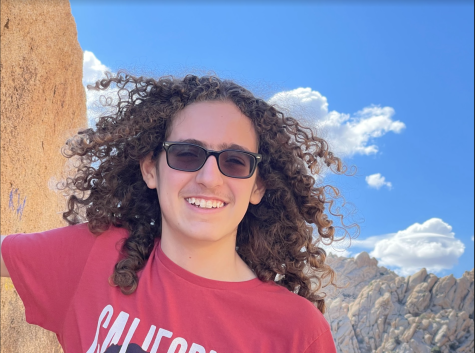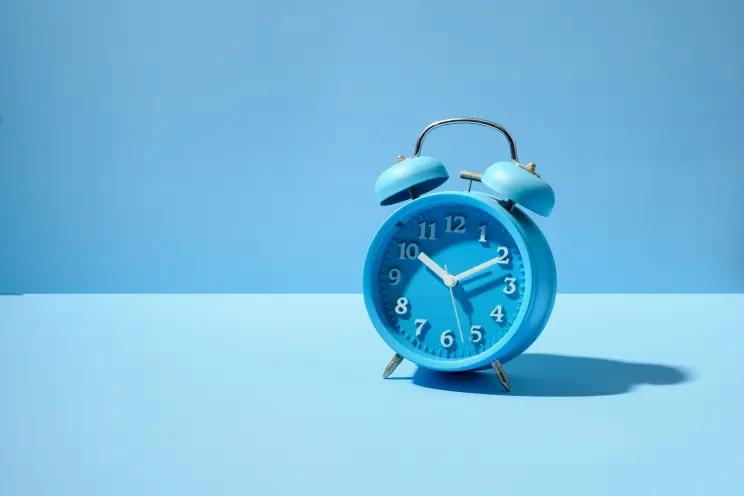The Sunshine Protection Act: The Latest Chapter in the Debate Over Daylight Savings Time
If you’ve ever visited Page, Arizona, you know one thing: time is confusing. Page lies in a part of Arizona that always runs on Mountain Standard Time (MST). However, Page is also six miles away from Utah and the Navajo Nation, which both observe Daylight Savings Time (DST). Because of this proximity to different time zones, iPhone clocks constantly confuse the actual time in Page. Fortunately, the United States government is looking to end our confusion, sleep schedule displacement, and general disarray associated with DST by passing the Sunshine Protection Act, which would put the U.S. on permanent Daylight Savings Time. While many think it would be nice to stop Springing Forward and Falling Back, we first have to understand the purpose of DST and the pros and cons of being on permanent DST, instead of switching back and forth or being on permanent Standard Time.
Daylight Savings Time: An Overview
Daylight Savings Time is defined as: “…a period between spring and fall when clocks in most parts of the country are set one hour ahead of standard time.” According to WebExhibits, “The main purpose of Daylight Saving[s] Time…is to make better use of daylight.” The idea for DST was originally formulated by Benjamin Franklin in 1784, but appeared to be more of a joke than an actual proposal. The United States officially instituted DST in 1918. Daylight Savings Time was a tactic to save fuel during the World Wars and the 1970s. Currently, 59% of Americans support permanent DST according to a YouGov poll.
The Sunshine Protection Act: An Overview
The Sunshine Protection Act was first introduced in Congress in 2018 by Sen. Marco Rubio, R-FL, and Rep. Vern Buchanan, R-FL, in order to implement Daylight Savings Time (DST) year-round. It was passed with unanimous consent by the Senate on March 15, 2022, but has not yet been passed by the House or signed by President Biden. If approved by Congress and President Biden, the Sunshine Protection Act will be implemented in November 2023.
Pros Of Permanent Daylight Savings Time
Proponents of permanent DST argue we should have it because the U.S. population won’t lose an hour of sleep while Springing Forward. A study conducted in 2020 by Current Biology found that this loss of sleep each year (and possibly the morning darkness) increases the risk of having a deadly car accident by 6%. Additionally, the Monday after Springing Forward was proven to host 24% more heart attacks than an average Monday. To add to the medical issues caused by the switch, depressive episodes are 11% more likely after Falling Back. Studies about seasonal affective disorder have also established a clear connection between light and mood, another reason to keep lighter days year-round. An extra hour of sunlight would also be an extra hour in which consumers are motivated to do business with local establishments. In addition, robberies drop 27% during DST because of additional daylight.
Cons Of Permanent Daylight Savings Time
Opponents of permanent DST argue we shouldn’t have it because the United States had already tried it, and Americans hated it. In January 1974, a year-round DST trial period was introduced to conserve fuel during the 1973 oil embargo. However, it was a huge bust after multiple morning car accidents involving – and sometimes killing – schoolchildren occurred, which caused Florida Governor Reubin Askew to request it be ended. The proposal had 74% approval in December 1973 but plunged to 19% in March 1974 after a few months of its implementation. Also, permanent DST would force schoolchildren to wake up and go to school before the sun rose in darker months. According to the Washington Post, the permanent shift to DST would cause the sun to rise at 7:59 A.M. in Los Angeles at the latest and set at 5:43 P.M. at the earliest. As for health concerns, DST causes an average reduction in sleep duration of 19 minutes. This lack of sleep can contribute to ailments tied to sleep deprivation such as cardiovascular disease, immune system problems, cancer, and obesity. Most importantly, the American Academy of Sleep Medicine shows the risks of permanent DST in this quote: “Daylight saving[s] time is less aligned with human circadian biology.” Political support for permanent DST is also in question, even in the Senate, where it passed with “unanimous consent” because no senators objected. However, it’s hard to take this “unanimous” vote with anything more than a grain of salt after allegations surfaced that multiple senators didn’t even know that there was a request for unanimous consent, and thus were unable to prepare objections.
Conclusion
At the time this article is being written, the Sunshine Protection Act is making its way through the House, which has taken a more cautious approach to the bill than the Senate has so far. Support from the White House or individual U.S. representatives has not yet been made clear. So, for now, whether you’re for permanent DST or against it, we’re still Springing Forward and Falling Back like we always have.
Sources: WebExhibits.org (1), NBC News (2[pro], 3[con]), CNET (4), BuzzFeed News (5), NJ.com (6), Rubio.Senate.gov (7), Wikipedia (8A, 8B), The Boston Globe (9), NBC Chicago (10), Forbes (11), The Washington Post (12)

Grade: 8
Years on Staff: 2
Why are you writing for The Flintridge Press?
I am on the Flintridge Press because I like reading the news, and I...









